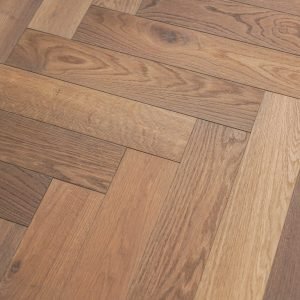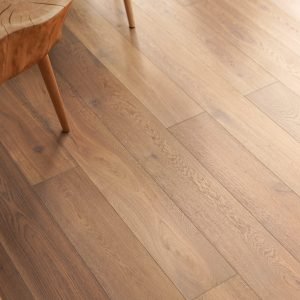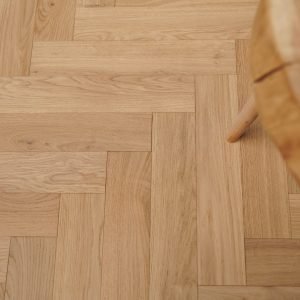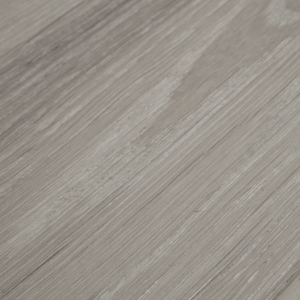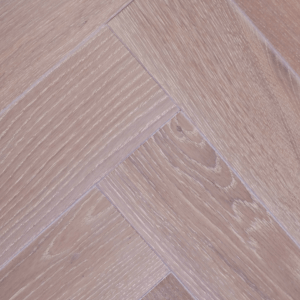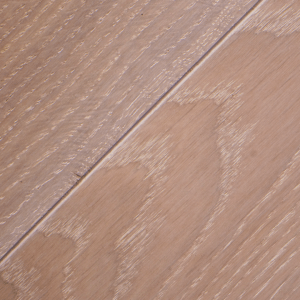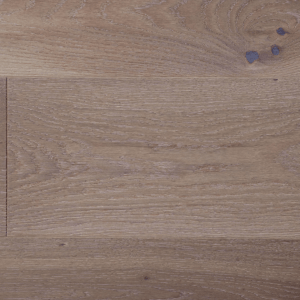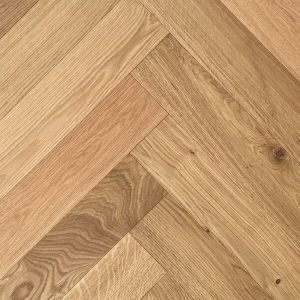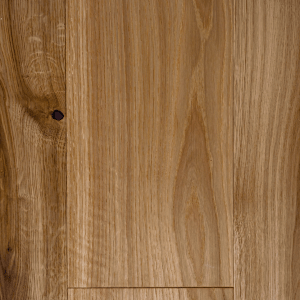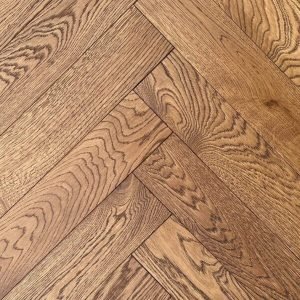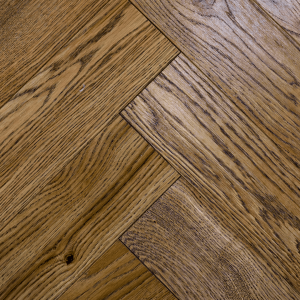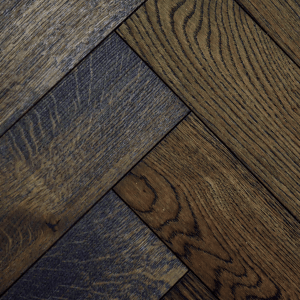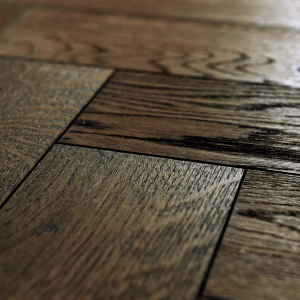Year Round Sale. Up to 50% Off
Engineered Oak Flooring
When it comes to choosing the ideal flooring for your home, the decision can feel overwhelming. You want something that’s visually stunning but also practical for the demands of everyday life. Enter engineered oak flooring — a versatile solution that offers the timeless beauty of oak while providing superior durability and ease of installation. Whether you’re looking to revamp a single room or your entire home, engineered oak flooring ticks all the boxes for a stylish, long-lasting foundation.
Why Choose Engineered Oak Flooring?
The primary advantage of engineered oak flooring over solid wood lies in its construction. It’s designed to withstand fluctuations in temperature and moisture, making it ideal for areas like kitchens and basements where traditional oak might not hold up as well. With its multilayered design, engineered oak flooring provides a sturdy foundation that’s less likely to warp or swell over time.What Are the Benefits of Engineered Oak Flooring?
Durability: Engineered oak flooring consists of a solid oak veneer on top of multiple layers of plywood, which gives it added strength and stability. This construction method makes it resistant to changes in humidity and temperature, reducing the likelihood of warping. Aesthetic Appeal: With engineered oak flooring, you don’t have to compromise on beauty. The top layer is made from real oak, giving your floors the same rich, natural grain patterns as solid wood flooring. Whether you prefer the look of rustic oak or a sleek, modern finish, there’s an engineered oak option for you. Easy Installation: Engineered oak flooring is easier to install than traditional hardwood, thanks to its click-lock system or tongue-and-groove planks. Many homeowners opt for a floating installation, which can be done without glue or nails, saving both time and money. Versatility: Engineered oak flooring can be installed in rooms where solid wood might not be suitable, such as bathrooms or basements, making it a flexible option for many spaces in your home.How Long Does Engineered Oak Flooring Last?
One of the biggest concerns homeowners have when investing in flooring is longevity. Engineered oak flooring, when properly maintained, can last as long as solid hardwood — in some cases, up to 30 years or more. The thickness of the top oak layer plays a significant role in its lifespan, as it can be sanded and refinished multiple times to restore its original beauty.Can Engineered Oak Flooring Be Sanded?
Yes, but it depends on the thickness of the top veneer. Most engineered oak flooring has a wear layer that can be sanded at least once or twice, though this will vary based on the manufacturer and specific product. Thicker wear layers (4mm or more) can handle more sanding, prolonging the floor’s lifespan.Is Engineered Oak Flooring Good for High-Traffic Areas?
Yes, engineered oak flooring is an excellent choice for high-traffic areas like hallways, living rooms, and kitchens. Its durable, layered construction makes it resistant to everyday wear and tear. Oak is naturally a hard wood, and with the additional protection of engineered layers, your floors will be more resilient to dents, scratches, and general foot traffic.How Do I Maintain Engineered Oak Flooring?
Maintaining your engineered oak floors is straightforward. Regular sweeping or vacuuming will help remove dirt and debris that could scratch the surface. For deeper cleaning, use a damp (not wet) mop with a floor cleaner that’s safe for wood. Avoid harsh chemicals, as they can damage the finish. Additionally, placing rugs in high-traffic areas can help prolong the lifespan of your floors.Can I Use Engineered Oak Flooring with Underfloor Heating?
Yes! One of the key advantages of oak engineered flooring is its compatibility with underfloor heating systems. The layered construction allows heat to distribute evenly without warping or damaging the wood. This makes engineered oak flooring a great choice for homeowners looking to add warmth to their space in both literal and aesthetic terms.What Is the Difference Between Engineered Oak Flooring and Solid Oak Flooring?
This is a common question from homeowners. While both options offer the beauty and luxury of oak, there are key differences:- Construction: Solid oak flooring is made from a single piece of wood, whereas engineered oak flooring consists of a thin oak veneer on top of multiple layers of plywood.
- Durability: Engineered oak flooring is more stable in fluctuating temperatures and humidity levels, making it less prone to warping than solid oak.
- Cost: Engineered oak is generally more affordable than solid oak, especially for larger areas or homes requiring multiple rooms of flooring.
How to Choose the Right Finish for Engineered Oak Flooring
Choosing the right finish for your flooring is as important as the material itself. Engineered oak flooring comes in a variety of finishes that cater to different tastes and practical needs:- Lacquered Finish: This provides a smooth, glossy finish that’s easy to clean, making it ideal for busy households. It’s also more resistant to scratches and stains.
- Oiled Finish: If you prefer a more natural look, an oiled finish enhances the grain of the oak and gives the flooring a matte appearance. This finish will need to be re-oiled periodically to maintain its look and durability.
- Brushed and Oiled: For a more rustic appearance, opt for a brushed and oiled finish. This technique removes the softer grains of the wood, leaving a textured surface that highlights the natural beauty of oak.


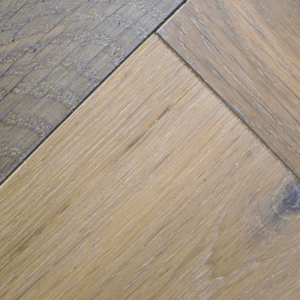
 Available
Available